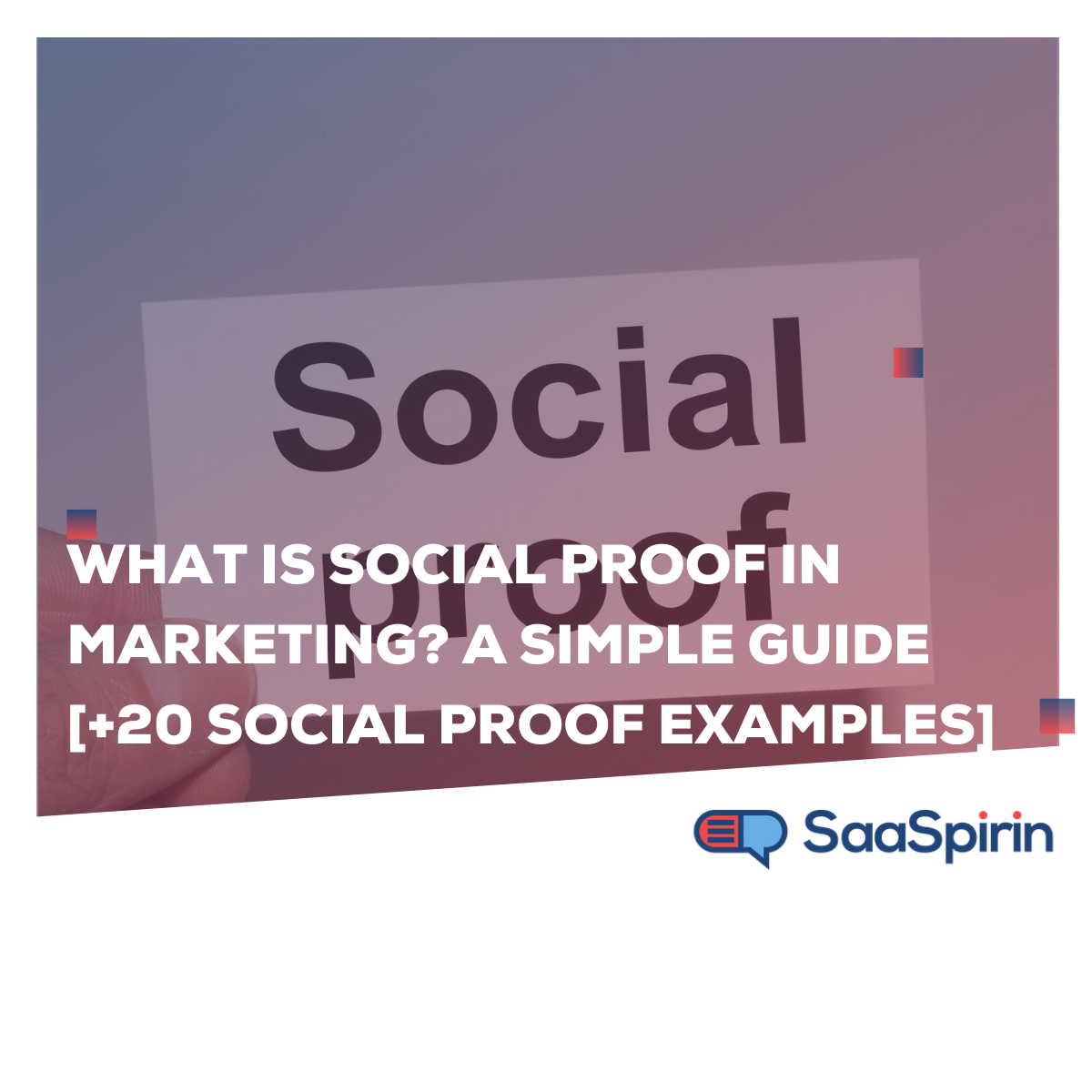The SaaSpirin Blog
10 Testimonial Video Examples for Lead Conversion Success
By Nicolas Jacobeus on June 6, 2025

The B2B marketplace is crowded. The result? High skepticism and short attention spans. The advantage? Trust—your most valuable, yet hardest-earned, asset.
Boost Brand Trust with 5 Video Case Study Examples
By Nicolas Jacobeus on May 14, 2025

Video marketing is transforming the way brands build trust and spark engagement. As social media marketing continue to dominate our digital habits, video case studies have emerged as one of the most compelling tools for capturing attention and proving value. These aren’t just polished …
How to Write a Case Study That Cut Churn and Boost Trust?
By Nicolas Jacobeus on April 15, 2025
In B2B SaaS, nothing builds trust faster than showing how your product solved a real problem for a real company, with measurable results.
10 Case Study Questions to Uncover Insights and Win Clients
By Nicolas Jacobeus on February 19, 2025
Top 12+ Case Study Writers and How to Choose the Best One in 2025
By Nicolas Jacobeus on November 18, 2024

You’ve got a killer product or service. Your customers love you. You’ve got all the right ingredients to show off how awesome your business is—but here’s the catch: telling those success stories in a way that’s both engaging and convincing is a whole other ball game.
What is and How to Write a Success Story (With Examples & Templates)
By Nicolas Jacobeus on November 13, 2024
.png?width=1200&height=1200&name=673472ff5c09b18518c328ec_Standard%20blog%20banner%20(11).png)
Ever wondered why some stories stick with you while others just … don’t?
How to Ask for a Testimonial and Actually Get It in 2024 (Real Experience)
By Nicolas Jacobeus on November 6, 2024

What is Social Proof in Marketing? A Simple Guide [+20 Social Proof Examples]
By Nicolas Jacobeus on October 30, 2024

- June 2025 (1)
- May 2025 (1)
- April 2025 (1)
- March 2025 (1)
- February 2025 (1)
- January 2025 (1)
- November 2024 (3)
- October 2024 (2)
- September 2024 (1)
- July 2024 (1)
- February 2024 (4)
- January 2024 (2)
- December 2023 (1)
- November 2023 (3)
- May 2023 (1)
- February 2023 (3)
- January 2023 (3)
- December 2022 (1)
- December 2021 (2)
- November 2021 (4)
- October 2021 (4)
- September 2021 (5)
- August 2021 (3)
- July 2021 (5)
- June 2021 (1)
- May 2021 (1)
- March 2021 (1)
- February 2021 (1)
- January 2021 (1)
- December 2020 (1)
- November 2020 (1)
- October 2020 (2)
- September 2020 (3)
- August 2020 (1)
- July 2020 (2)
- June 2020 (1)
